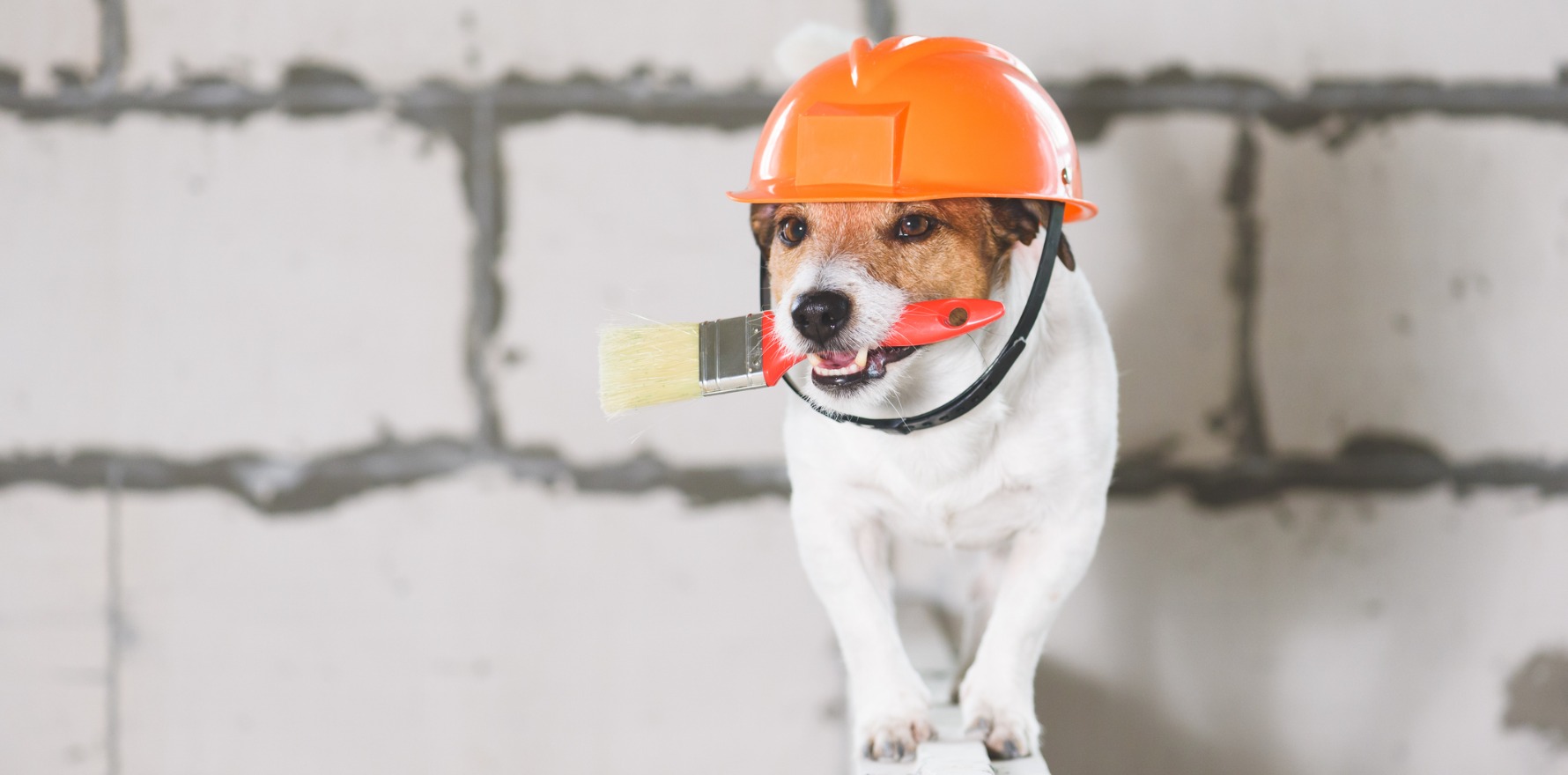Associate Professor Tim Leeuwenburg’s goal is fixing Australia’s trauma gap, one pre-hospital medical equipment kit at a time.
One third of accidents and major trauma occur in rural Australia, yet rural generalists often aren’t included in state-based emergency response plans.
It means that if a high-speed collision occurs in Carnarvon, a car rolls over in Yackandandah or a farming accident happens in Inglewood, it might be a long wait for an ambulance – even if there are rural generalists with advanced training in emergency or surgical care closer.
Sandpiper Australia, an offshoot of the UK-based Sandpiper Trust, wants to change that.
Since 2019, the non-profit has delivered standardised kits of pre-hospital equipment to rural clinicians across the continent.
The kits come in two bags.
One has equipment for control and circulation – splints, trauma shears, tourniquets, cannulas, IV fluids, swabs and syringes – and the other has airway and breathing supplies – oxygen masks, magill forceps, orogastric tubes, chest train seals and a PEEP valve.
Board chair Associate Professor Tim Leeuwenburg, a GP based on Kangaroo Island in South Australia, sat down with The Medical Republic for a chat.
TMR: First off, what is the trauma gap?
Professor Leeuwenburg: We know that critical illness doesn’t respect geography and that one third of major trauma happens out there in rural Australia.
But there is often a significant delay to the arrival of specialist retrieval services whose whole purpose is to bring critical care to the patient.
Similarly, the farther you get from metro areas, the higher the likelihood that the ambulance service has limited resources or will be staffed by clinicians with lower treatment ceilings.
And yet we have rural doctors in rural communities who actually have skills that are relevant for these patients, and they’re not included in state-based trauma responses.
It’s a trauma gap; it means that when you have your high-speed rollover or you have any form of critical illness, it may be some time until help arrives.
And if we utilised local resources – rural clinicians with appropriate training and appropriate equipment – we could deliver early, meaningful care to these patients.
TMR: What piqued your interest in this?
Professor Leeuwenburg: Back in 2007, there was the Kerang rail disaster.
A semi-trailer drove into the side of a passenger train near the town of Kerang in rural Victoria, and this was a horrific scene.
There were 23 injured with time-critical injuries, there were 11 people dead, and the local doctors were prevented from attending the scene.
Instead, the state-based trauma response relied upon local resources, which were overwhelmed in terms of paramedics, but also relied upon sending helicopters from metropolitan Melbourne.
It took a long time for help to arrive and people with time-critical needs didn’t get the care they deserved.
And it was traumatising, obviously, for those patients, but also for the rural clinicians in the community.
The coroner’s report was quite scathing and said that we do need to have better systems to integrate rural clinicians.
Kerang was a big one, but if you look around Australia pretty much every week there is some form of local disaster.
Four people in a car in a high-speed rollover is a disaster that can overwhelm a small hospital, a small community, a small ambulance service.
Pretty much every week, there’s something happening out there – and yet our systems are very metrocentric and we still tend to exclude rural clinicians from attending the scene, with the exception of South Australia.
TMR: What’s different about South Australia?
Professor Leeuwenburg: For over 15 years in South Australia, we’ve had something called the Rural Emergency Responder Network.
This is a system whereby trained doctors – they’re trained by the ambulance service and work with the retrieval service – are paged to the scene of an accident on those rare occasions when a doctor-level of skill is needed.
This might be things like chest decompression, advanced analgesia, advanced airway management.
We can deliver early, meaningful care before retrieval arrives, which has benefits for those patients.
It’s part of our practice, I guess, as a rural clinician, but it also helps patients in need get the care they deserve.
TMR: Sandpiper originated in the Scottish Highlands, which notably has a very different climate to rural Australia. Have you had to change what’s in the kit?
Professor Leeuwenburg: We’re very similar in that this is all about delivering care at the roadside, and the patient cohort is very, very similar to Scotland’s.
What is not the same is the fact that smaller geographic countries like the UK and New Zealand both have well developed rural responder systems, and yet here in Australia – despite our tyranny of distance – it’s only South Australia that integrates rural generalists into state-based trauma systems.
We really hope that we’ll have similar networks set up in the other states, using the Sandpiper bag as a focus.
We could then respond to not just the high-speed rollover, but also flex up to large incidents like flood, bushfire, cyclone or even pandemic response by having a focus on expertise embedded in community.
TMR: It’s interesting that Australia doesn’t have a formal rural responder network given how physically large it is. Why is that?
Professor Leeuwenburg: It’s somewhat frustrating … when we sit down with state-based emergency planners, the systems are very much metrocentric.
At the moment, they’re focused on [problems like] ambulance ramping, but they’re very much focused upon providing care to people in metro areas, or maybe 50 to 100 kilometres beyond.
The trauma gap is the shorthand that we’re using to try and raise attention to the problems of rural trauma and rural critical illness, that there is a significant gap in delivery of care.
While we do have excellent ambulance retrieval services, they do take some time to arrive.
But yes, there’s a degree of cognitive dissonance around this.
TMR: What does the distribution of Sandpiper bags look like across Australia?
Professor Leeuwenburg: Obviously South Australia is well replete with bags, and southwest Queensland is also doing very well [in areas where Sandpiper bags] have been integrated into local hospital and health networks.
We’re looking to expand into Far North Queensland and also Western Australia.
At the moment, there’s a handful of clinicians around [those areas], working mostly at a local level with their ambulance or state emergency service, as a known [provider] who’ll get called upon in times of need.
The tricky thing is integrating them into the state-based emergency responses.
It’s kind of a build-and-they-will-come approach, and this is actually what happened in Scotland.
They started off small, they demonstrated their value, and then within a couple of years the ambulance service realised that they had an asset that was reliable, trained, equipped, and could be incorporated into the system.
Related
TMR: How can people get involved if they want to?
Professor Leeuwenburg: They can reach out via our website.
We are a charity, and we want to help people get a bag – which might mean we either raise funds to donate one to a community, or more commonly, communities will raise funds themselves to buy a bag for their clinician.
It is important, though, that it is not just about the bag; you also do need training.
There are many routes, but one route is the ACRRM pre-hospital emergency care course.
There’s also the Queensland pre-hospital emergency life support course, or some people go through induction with the state retrieval or ambulance service to get training in pre-hospital care.
Most clinicians have the skills they need, it’s just about being safe at the roadside and working with other agencies in a collaborative manner.
Just because you’re a doctor, doesn’t mean you’re an expert in pre-hospital care.
This interview has been edited for length and clarity.





